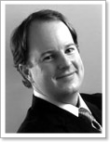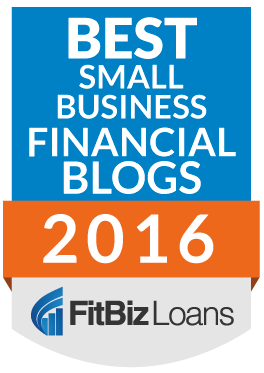Heartening to read a blog at Axial about the Evergreen Venture Fund Structure that we use at my Greybull Stewardship: http://www.axial.net/blog/evergreen-fund-structure/
 Thanks to Billy Fink and his M&A blog, I’m excited to have the conversation about how the traditional fund protocols are changing with new structures for new times.
Thanks to Billy Fink and his M&A blog, I’m excited to have the conversation about how the traditional fund protocols are changing with new structures for new times.
Here’s the article:
What’s an Evergreen Venture Fund Structure
Traditional PE funds have been losing some luster in recent years. High management fees, illiquidity of the LPs’ investment, and the strategy of selling the best companies earliest have left many investors frustrated with the standard fund protocol. As a result, there has been a lot of conversation around how funds will evolve from the standard 2-20 fees. One strategy that has generated significant attention is the evergreen fund structure (aka permanent capital PE vehicles).
“In an evergreen fund structure, the fund has an indefinite fund life,” explained Axial Member Mason Myers of Greybull Stewardship. “Every couple of years — typically four — LPs have the ability to exit or to change their investment in the fund. At the end of the four years, the portfolio is valued and some carry incentive is calculated for the GPs.”
Evergreen funds are becoming more popular because they are preferred by many business owners because of their flexibility. And, many LP’s prefer them for their increased liquidity.
Business Owner Focus
Many LPs overlook this wariness for the biggest benefit of the evergreen structure: total focus on the portfolio company. This focus allows GPs to build a more trusted relationship with the business owner and drive growth, instead of IRR. “In a traditional structure, you may be motivated to sell soon so your IRR looks good, so you can raise a second fund,” explained Myers. “Those sort of types of pressures are lesser in every green fund structures. Because evergreen structures have no specific time frames, the business owner can set the growth rate and business strategy that is best for the business, not necessarily a strategy imposed by fund level restrictions.”
He continued, “The longer-term focus of the fund removes a lot of the pressure to put money to work and exit investments based on motivations or limitations at fund level.”
Ashby Monk, executive director of the Global Projects Center at Stanford University, sees the similar importance of the fund. He wrote, “the GP can focus like a laser on value creation over the long-term and not worry about ‘exits’; ‘bankers’; ‘timelines’; etc. This should prevent rent seeking and financial gearing, while reducing costs.” He continued, “I think it’s got legs. And I know quite a few people on the LP side agree with me.”
Improved Liquidity
Evergreen funds also satisfy some LPs because of the improved liquidity mechanism. “Because there is liquidity every four years, it is easier for LPs to adjust commitments,” said Myers. While LPs should plan to invest for more than one four-year cycle, the flexibility is reassuring to many.
Still, the model doesn’t offer perfect liquidity — these are private companies, after all. “The biggest challenge [for evergreen funds] is valuing the portfolio at four-year intervals,” explained Myers. “Without a buyer writing a check, valuing private companies can be imperfect.” This challenge makes it difficult for LPs to predict exactly how much money they will see in return.
Additionally, there are challenges associated with returning deployed capital mid-investment. If, for example, many LPs decided to call their capital at the end of one four-year cycle, the GPs would be in a very difficult situation. However, most payouts can be handled through company profits, other LP buy-ins, and notification clauses in the contract.
This general uncertainty, combined with the novelty of the structure, has caused wariness in some LPs.
But…Remaining Niche
Despite the generally positive reception to — and performance of — evergreen funds, Myers does not believe they will become the primary PE structure. “Fixed term funds will probably always be a common structure because they work well in many situations,” he said. “However, I do think there is becoming a lot more diversification in fund structures and strategies — which allows companies to find capital sources that are best aligned with their needs.”
Myers concluded, “Evergreen funds will continue to grow as LPs and business owners alike look for new strategies that are better for certain companies. And, I expect there will be other structures that people conceive of over time. As the market becomes more diverse, fluid, and larger, there will be more sources if capital for business owners which is a good outcome.”


 I am an investor at Greybull Stewardship, an
I am an investor at Greybull Stewardship, an 
 Sign Up
Sign Up RSS Feed
RSS Feed